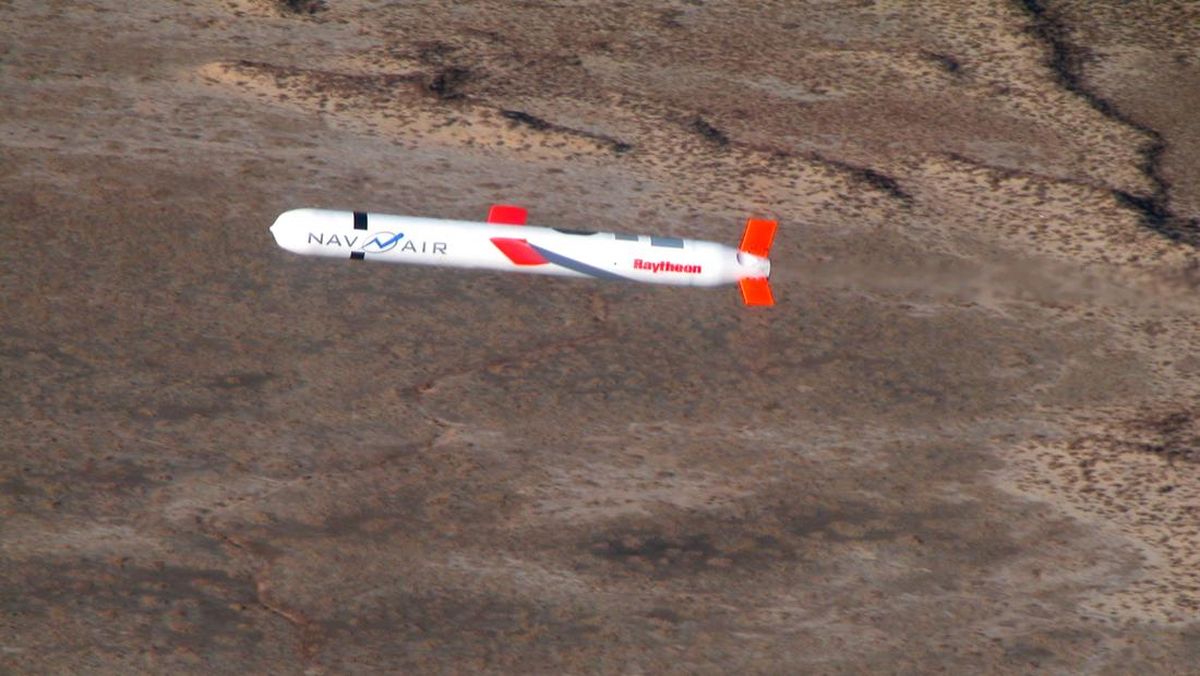Weather forecasters’ outlook for a soggy spring is being rewritten by a rare, sudden temperature spike high above Antarctica that could end the run of unusually wet weather on the eastern seaboard.
Temperatures have shot up by as much as 30 degrees in the stratosphere high above the South Pole, in what is known as a sudden stratospheric warming episode.

A drier, warmer spring is likelier thanks to an Antarctic weather anomaly. Credit: Max Mason-Hubers
The rare warming episode has only been recorded twice before, in 2002 and 2019, and in each instance months of warmer, dry conditions proceeded some of Australia’s worst bushfire seasons.
This year recent above-average rainfall has soaked the ground, reducing elevated risk of fires heading into summer.
Until recently, forecasters were pointing to an elevated likelihood of above-average rainfall until December. Now months of dry, hotter-than-average conditions could be on the cards.
University of NSW Climate Change Research Centre senior lecturer Martin Jucker said the heat spike above Antarctica had already changed the outlook for October and it could be dryer all the way to December.
“If a sudden stratospheric warming happens, we expect the seasonal weather to become drier and warmer on the eastern seaboard,” Jucker said.
Currently, the weather pattern known as the Indian Ocean Dipole, off the northwest coast of Australia, is in a negative phase – which has contributed to the wet conditions on the east coast.
“So far we’ve had a very wet winter, and the Bureau of Meteorology’s seasonal forecast for three months ahead has consistently called for a wetter than usual spring and also summer,” Jucker said.
“There’s a question now – is there one factor that wins out?”

Alannah, 1, and Imogen, 5, at Shelly Beach Rockpool in Cronulla on Friday. The heat surge over the Antarctic means a hot, dry spring ahead on Australia’s eastern seaboard.Credit: Janie Barrett
Professor Julie Arblaster, of Monash University’s School of Earth Atmosphere and Environment, said the stratospheric temperature rise causes knock-on effects that filter down into the lower layer in the atmosphere – the troposphere.
This can weaken the polar vortex, which is a band of winds that spins around the north and south poles. In the southern hemisphere the vortex usually forms in autumn and eases throughout spring.
The polar vortex is surrounded by a band of strong westerly winds circling Antarctica and when they slow down, the winds spread north, and Australia braces for hotter, drier weather.
Loading
“When one of these events occurs, you can get prolonged periods of drier and warmer conditions over most of Australia. These winds can also bring wetter weather to Tasmania’s west coast, and New Zealand.”
Jucker said the scientific community recognises two previous sudden stratospheric warming events over Antarctica.
“Both of these times the following summers had strong bushfires and in particular, 2019-20 Black Summer, which was devastating.
“But they both happened in dry conditions, which is not like now”.
The official bushfire warnings do not report elevated fire risk for much of the south-east of Australia, following the wet winter this year.
Most Viewed in Environment
Loading

















































